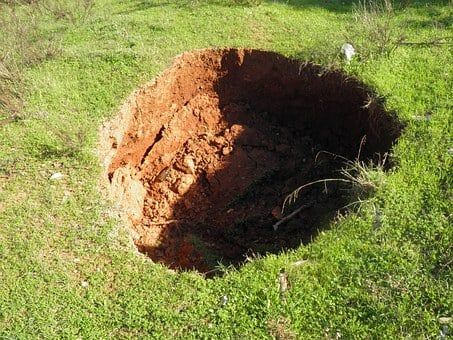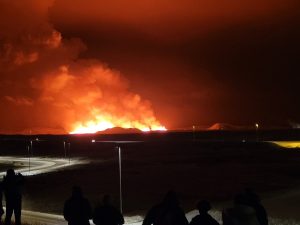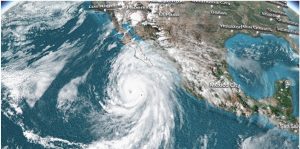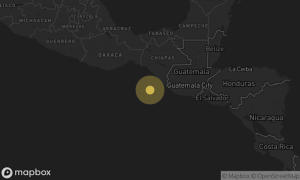Mexico’s
Santa Maria Zacatepec saw the formation of a huge sinkhole, measuring 60 meters in diameter and 20 meters
deep, in a farmer’s field. The state governor Miguel Barbosa Huerta said
that the family that lived near the sinkhole had been evacuated and there have
been no injuries. The governor warned local residents to stay away from the
area.
What are sinkholes and how do they form?
Also Read | Another earthquake hits Indonesia, Why is the nation prone to tremors?
A sinkhole is an area of ground with no
natural external surface drainage and commonly occur at places where the rock below
the land is limestone, carbonate rock, salt beds or rocks that dissolve by
groundwater circulating through them. The water can form caverns and spaces
underground which makes the ground soft and collapse. Sinkholes can vary from a
few feet to hundreds of acres and from less than 1 to more than 100 feet deep.
They can occur where a house or a road is on top.
Also Read | Mount Nyiragongo that erupted last week records 92 tremors in last 24 hours
Some sinkholes are shaped like shallow
bowls or saucers whereas others have vertical walls and some hold water and form
natural ponds. There are three types of sinkholes namely dissolution
sinkhole, cover-subsidence sinkhole and cover-collapse sinkhole. A sinkhole can
also be human induced. Groundwater pumping, construction and development
practices and cause a sinkhole.






